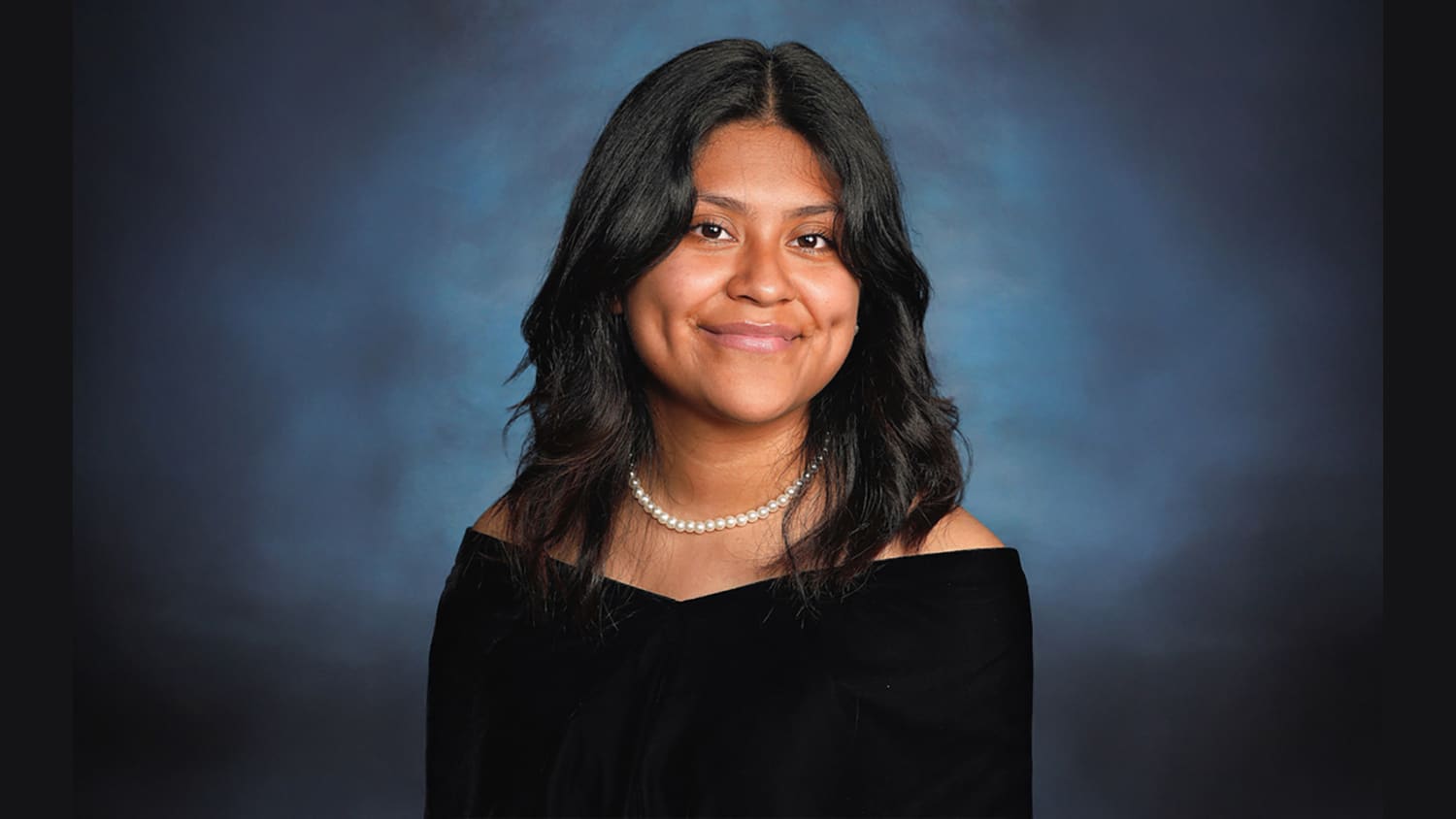ACS Project SEED at NC State

Project SEED is a Program from the American Chemical Society (ACS) whose mission is to provide high-school students with exposure to Chemistry, Biochemistry, and other related sciences while working in labs and shadowing graduate students. Several research groups from the Department of Chemistry at NC State hosted SEED students in their labs last summer, including the Proulx Lab, the Lindsay Lab, the Williams Lab, and the Jakubikova Lab. In addition to getting valuable hands-on research experience, each high school student participated in weekly Q & A sessions with Samuel Ndukwe. Samuel, a former ACS Project SEED participant himself (2015-2017), guided the students in preparing research papers and oral presentations and helped improve their scientific communication and presentation skills. At the end of the summer, the students presented their work at the NC-ACS Project SEED symposium held in the Research Triangle Park (08/12/2022).

Sheba Gage was one of the ACS Project SEED Program high-school students last summer who got the fantastic opportunity to be involved in hands-on experiments working on a collaborative project between the Chemistry (Proulx lab) and Biochemistry departments (Simpson and Barycki laboratories) at NC State University. She was mentored by graduate student Ellen Warner (Chemistry) and Emily Allego (Biochemistry), also working alongside undergraduate student Skylar Harrelson (Beckman and Goodnight Scholar). Sheba learned how to synthesize a small library of peptides using Solid Phase Peptide Synthesis (SPPS), purified the peptides by reverse-phase high-performance liquid chromatography (HPLC), and was even able to observe how to measure IC50 values for her peptides. Listen to what the students and professors say about the unique experience!
Just one floor below in the Lindsay lab, ACS Project SEED student Ifediora Nwakuche was mentored by graduate student Ivan Sprague. The pair worked together on cyclopropanone chemistry, where Ifediora learned about how these highly-strained compounds can be used to access new molecules difficult to prepare otherwise. Throughout the summer, Ifediora was able to optimize a synthetic route to a novel stable cyclopropanone precursor, where equilibration to cyclopropanone can be triggered by acidic conditions rather than the more conventional basic conditions. This is a key advance since it will allow future chemists to utilize cyclopropanone derivatives in acid-mediated reactions, thus opening the way to myriad new disconnections. In the process, Ifediora gained significant experience in the laboratory and learned various techniques, including using a Biotage purification apparatus, setting up air-sensitive reactions, using a solvent purification system, and a Glove-Box.


In the Williams lab, ACS SEED student, Grace Agyemang, spent the duration of the summer program learning about synthetic chemistry and synthetic biology and contributed to a project that allowed her to combine them in pursuit of new molecules. Working with Thaddeus Paulsel, a graduate student in the Williams lab, Grace leveraged synthetic chemistry to build a small panel of thioesters, which hold the potential to act as powerful precursors for the construction of new antibiotics. Grace then produced and tested enzymes for their ability to use her molecules, informing questions about enzymatic activity profiles and directing the pursuit of novel antibiotic structures. Grace’s project represented a significant portion of ongoing research that allows researchers to diversify antibiotic structures with meaningful additions and contributed to this study by constructing four brand-new molecules that had never been made or tested with an enzyme before. Grace’s introduction to the project included training in organic chemistry and molecular biology and enabled her to work with a wide array of techniques not typically available to high school students. Having seen what chemical and biological research has to offer, Grace remarked that her interest in scientific research grew over the course of the program. She hopes to use what she has learned for the rest of her educational career and beyond.


In Dr. Elena Jakubikova’s lab, ACS Project SEED student Aysha Abdulbasith (high school senior at Athens Drive Magnet High School) was mentored by graduate student Mawuli Deegbey. Their research was focused on enhancing the efficiency of dye-synthesized solar cells (DSSC) – solar cells that use dye to harness the sun’s energy. Aysha worked with Mawuli to conduct molecular dynamics simulations to analyze the excited and ground states of five iron(II) complexes with different ligands attached to see which one has better light absorption properties and efficiency to use for DSSCs. This was a computational study that used the software Gaussian 16 and Gaussview. All the calculations were conducted using a density functional theory (DFT) of B3LPY+D2 and had a basic set of 6-311G* for the atomic structures of the solute and solvents. Additionally, a time-dependent DFT or excited state calculation was run to simulate the UV-Vis absorption spectra.

Throughout the summer, Aysha quickly developed computational models of organic molecules and challenged herself to formulate unique approaches to improving solar energy efficiency. Aysha’s research resulted in producing a quality research paper titled “Using Iron(II)-Bipyridine as Chromophores for Dye-Synthesized Solar Cells.”
Acknowledgments
ACS Project SEED would like to thank the involved parties who contributed to their success:
NC State University
- NC State University
- American Chemical Society (ACS)
- Burroughs-Wellcome Fund SSEP Grant
- North Carolina Section of the ACS
- North Carolina Biotechnology Center
- Michael Cherry, NC Project SEED Director
- Faye McNeal, Students Recruitment and Training Counselor


